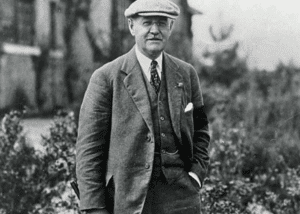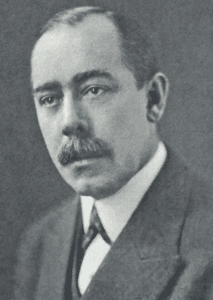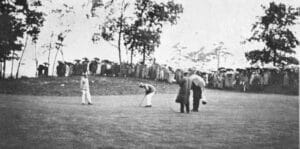America’s golden age of golf architecture spanned from the early 1900s to the 1940s. It was characterized by the emergence of different and unique renowned architects. The golf courses from that era across the nation have some of the most iconic designs that remain influential to this day. Who were some of the top architects of these courses?
The architects behind the epic designs
Donald Ross (1872–1948) was one of the most prolific architects of this period. He is credited with over 400 course designs. His most famous work, Pinehurst No. 2, opened in 1907 in Pinehurst, North Carolina. Known for its unique crowned greens and lack of rough, this course has hosted multiple U.S. Opens, including notable tournaments in 1999 and 2005. It is set to host again in 2029, 2035, 2041, and 2047. Ross’s design philosophy emphasized strategic play and accessibility for golfers of all skill levels.
Another significant figure was A.W. Tillinghast (1876–1942), who designed over 265 courses. His notable works include Winged Foot Golf Club (1923) in Mamaroneck, New York, which has hosted six U.S. Opens and is scheduled for another in 2028. Tillinghast’s designs are known for their integration with natural landscapes and challenging layouts that test even the best players.
Top courses across America from the golden period
Oakland Hills Country Club in Bloomfield Hills, Michigan, designed by Ross in 1918, has hosted multiple major championships, including the U.S. Open in 1937 and 1951. The course is renowned for its demanding layout and has been a frequent venue for prestigious events.
The Greenbrier Resort (West Virginia): The Old White Course at The Greenbrier was designed by Charles Blair Macdonald in 1914 during the Golden Age. The resort later added a casino component, making it one of the few venues where historic golf architecture intersects with modern gaming facilities.
Modern online casinos, such as DraftKings Casino, offer a wide range of games and promos that can be accessed remotely. This shift towards digital platforms has allowed resorts like The Greenbrier to expand their reach and provide a seamless experience for guests who prefer the convenience of online gaming.
Baltusrol Golf Club, located in Springfield, New Jersey, features two courses designed by Tillinghast: the Upper Course (1922) and the Lower Course (1922). Baltusrol has hosted several U.S. Opens and PGA Championships, making it a cornerstone of American golf history.
Inverness Club in Toledo, Ohio, another Ross design from 1903, has been a host for multiple major championships including the U.S. Open (1920) and the PGA Championship (1979). Its strategic layout continues to challenge golfers today.
The Country Club in Chestnut Hill, Massachusetts, established in 1882 and redesigned by Ross in the early 20th century, is one of the oldest golf clubs in America. It hosted the U.S. Open in 1913 and will be remembered for Francis Ouimet’s historic victory as an amateur.
Seminole Golf Club, opened in 1929 in Juno Beach, Florida, is another exclusive course designed by Ross. It is known for its challenging layout and has hosted numerous prestigious amateur events but remains private.
The Legacy
This era was marked by a surge in golf’s popularity, partly fuelled by Francis Ouimet’s historic U.S. Open victory in 1913, which piqued American interest in the game. The legacy of the Golden Age is evident in the enduring appeal of its courses.
These courses exemplify the Golden Age’s architectural innovations that prioritized strategy and aesthetics while challenging golfers at all levels. The legacy of these architects continues to influence modern golf course design as their creations are still celebrated venues for major tournaments today.



